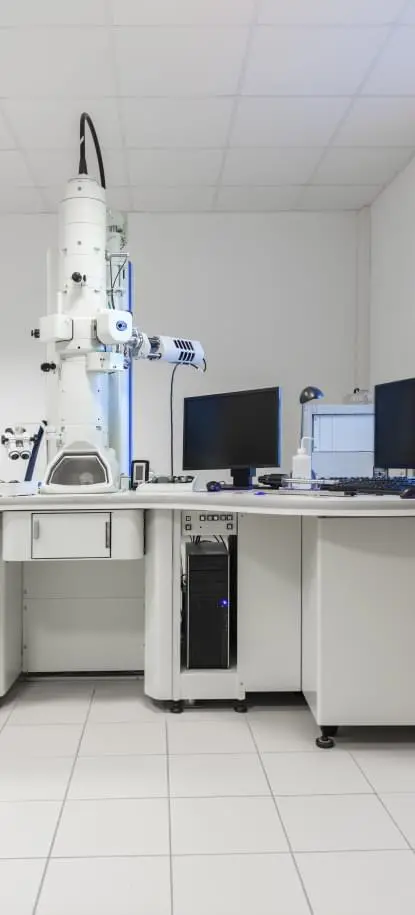




Quick Links:


A radiation producing equipment is any piece of equipment that, when energized, emits X-ray radiation or could potentially emit X-ray radiation as a by-product of its operation. These types of devices pose a hazard if not used properly. Therefore, certain controls must be in place to ensure proper operation, operator’s safety and student’s safety.
All radiation producing equipment at KAUST are analytical devices that are used for research and are required to be registered with the Nuclear and Radiological Regulatory Commission, in addition, equipment must be approved by the RSO or the IRSC prior to use.
Examples include:
Most equipment that uses radiation and operates above 5 kV needs to be registered with the NRRC. To ensure compliance, consult with the RSO before acquiring such equipment. HSE will provide the following services for users of radiation-producing equipment:
All purchases of X-ray producing equipment must be reviewed and approved prior to order by the RSO or the IRSC. PI using X-ray machines shall provide the RSO with documentation of the type, make, model, specifications, location, and maximum radiation output of the device before ordering.
If you are ordering new radiation producing equipment, please complete the New Radiation Equipment Purchase Review Request and contact the RSO to initiate the approval for purchase process.
Radiation-producing equipment must be equipped with certain safety features. These typically include a fail-safe warning light, fail-safe interlocks, beam enclosures, and shielding. In addition, a radiation survey meter may be needed.
The following procedures apply to all radiation-producing equipment:
The NRRC regulations and the university’s IRSC policy require new radiation-producing equipment to be registered and approved before operation. Any radiation-producing equipment will be suspended by the RSO if it is operating without prior approval from the IRSC.
The NRRC regulations and the university’s IRSC policies also require radiation-producing equipment that has been moved or repaired to be inspected before being returned to service.
Lastly, depending on the type of equipment, the university’s IRSC policies require that all users of radiation-producing equipment complete the HSE Analysis X-ray Safety Training or SEM/TEM Safety Training before the first use of the equipment.
The Radiation Safety Team survey all research x-ray equipment during installation for the first time, and after annually to ensure that it is operating according to applicable KAUST and NRRC regulations.
Similar radiation surveys are repeated after major maintenance, modification, or relocation. The area where the equipment is located is monitored during the annual inspection to ensure that radiation levels are kept As Low As Reasonably Achievable (ALARA).
The Radiation Safety Officer must be notified prior to any device installation, maintenance, modification or relocation, discontinuation, or transfer of a radiation-producing device. Reports of transfer (surplus, sale, donation,) must include the name and address of the transferee.
If you need to transfer, relocate, or dispose of a radiation equipment, please contact the RSO, read the guidelines, and complete the transfer/disposal form.
For additional information about radiation producing devices/ X-ray machines, please contact the RSO athse@kaust.edu.sa